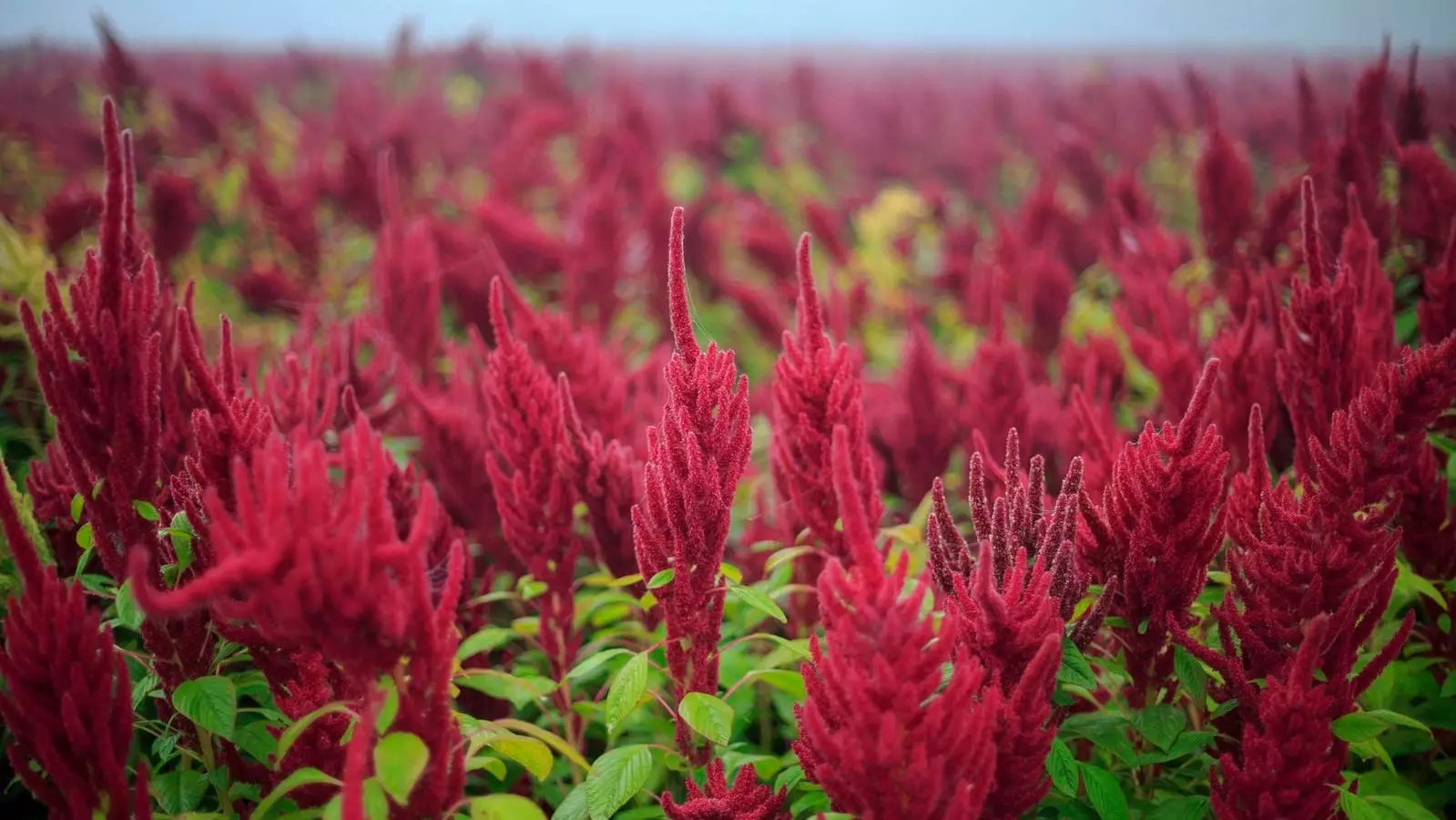In frequently consumed diets around the globe, a disconcerting reality persists: the overwhelming majority of our plant-based caloric intake derives from just three staple crops—rice, maize, and wheat. This scenario, as highlighted by the U.N. Food and Agriculture Organization (FAO), highlights a significant vulnerability in our food systems. While these crops provide a substantial source of calories and protein, they overshadow the vast diversity of edible plant species available on our planet. Surprisingly, thousands of these species could offer both nutritional value and resilience to our diets, yet they remain largely unrecognized and underutilized.
The alarmingly narrow focus on such limited crop varieties is particularly pronounced within the vegetable sector, where mere fractions of existing varieties find representation in gene banks. The absence of African crops within these collections further illustrates this situation, as noted by experts in the field. Maarten van Zonneveld, Head of Genetic Resources at the World Vegetable Center, emphasizes that fewer than 10 percent of the varieties in gene banks are vegetables, with African crops being especially marginalized. Such discrepancies raise critical concerns about food security and the overall health of ecosystems, as biodiversity is vital for resilience against diseases, climate aberrations, and soil degradation.
In response to these pressing issues, a beacon of hope has emerged: the African Vegetable Biodiversity Rescue Plan. This ambitious initiative, announced at the Africa Food Systems Summit in Kigali, Rwanda, is a component of the broader Vision for Adapted Crops and Soils (VACS) initiative, spearheaded by Dr. Cary Fowler. The Rescue Plan aims to mobilize resources and increase awareness regarding native African crops over a comprehensive ten-year span, from 2025 to 2035.
The strategy aims to revitalize forgotten food crops that play a crucial role in enhancing climate resilience and promoting healthier food systems across sub-Saharan Africa. As urbanization, droughts, and floods increasingly threaten local agriculture, protecting these indigenous varieties is paramount. Gabriel Rugalema, Associate Director General for Africa at the World Vegetable Center, underscores the importance of collective action from various stakeholders to safeguard these vital vegetable species, affirming that these crops historically nourished communities and could be integral to future food security.
The initiative not only seeks to conserve biodiversity but also to advocate for the reintroduction of ‘opportunity crops’ into everyday diets. By rediscovering and embracing these nutritious vegetables and grains—such as fonio and millet—communities can bolster their food systems and promote more sustainable agricultural practices. Capturing the public’s attention toward diversifying diets with climate-smart options is a necessary move to foster broader systemic change.
Through introducing lesser-known crops back into the marketplace, consumers can take an active role in driving demand for these diverse foods, which in turn supports farmers who cultivate them. Moreover, the incorporation of opportunities for smallholder farmers to grow a variety of crops enhances nutritional quality and economic stability for those communities. As the landscape of global food systems continues to shift, the challenge lies in overcoming inertia and fostering a connection between consumers, producers, and the varieties of crops that have been taken for granted.
To conclude, the path toward revitalizing global diets and enhancing agricultural resilience hinges on recognizing and integrating the diverse vegetable species our ecosystems offer. The African Vegetable Biodiversity Rescue Plan serves not just as a conservation effort, but as a strategic initiative aimed at empowering communities to reclaim their agricultural heritage while ensuring food security in the face of climate challenges. By embracing the full spectrum of edible plants and advocating for their inclusion in our diets, we can cultivate a healthier, more resilient food system that honors both tradition and the future. As we move forward, the task remains clear: diversify, conserve, and celebrate the biodiversity of crops that not only sustain us but enrich our very cultures.


Leave a Reply